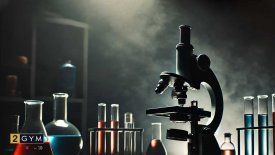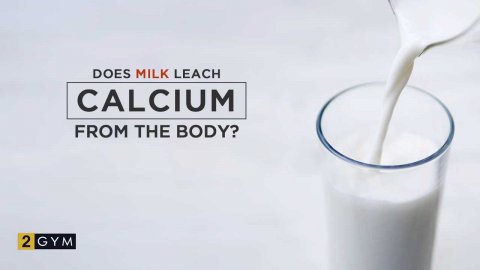How to Reduce SHBG?
Sex hormone-binding globulin (SHBG) is a glycoprotein with a high affinity for binding to 17 beta-hydroxysteroid hormones, such as testosterone and estradiol.
It is likely synthesized in the liver, and its plasma concentration is regulated, among other factors, by the balance of androgens/estrogens, thyroid hormones, insulin, and dietary factors.
SHBG is involved in the transport of sex hormones in plasma, and its concentration is a major factor regulating their distribution between protein-bound and free states. Its detailed role in delivering hormones to target tissues is still unclear.
The plasma concentration of SHBG is affected by a number of different diseases, with high values found in hyperthyroidism, hypogonadism, androgen insensitivity, and liver cirrhosis in men.
First Method
The first method is the inclusion of drostanolone in the AAS cycle. As a substitute for drostanolone (also known as Masteron), mesterolone (Proviron) can be used—both of these substances are essentially the same.
Thus, including Masteron or Proviron in your AAS cycle significantly increases the amount of free testosterone.
Second Method
Any reduction in estradiol levels leads to an increase in free testosterone levels, so instead of drostanolone/Proviron, one of the aromatase inhibitors can be used, for example.
However, the effectiveness of the two anabolic steroids mentioned in the first method is still higher.
Third Method
The third method is the use of small (about 20 mg per day) doses of oral stanozolol. The oral form of this anabolic steroid is more preferable in this case.
The duration of using oral stanozolol is 7-10 days every 4-6 weeks of the AAS cycle.
Fourth Method
The fourth method involves the periodic use of insulin in small doses. 8-10 IU once or twice a week will be sufficient.
Fifth Method
The fifth method is about what to remove rather than add. If you are truly concerned about your free testosterone levels, do not use high (50 mcg per day or more) doses of triiodothyronine. And you should forget about thyroxine altogether.
Additional Measures
From "hard chemistry" we move to "softer" methods—vitamins and minerals.
- Vitamin D taken daily, the "sunshine vitamin," will reduce the amount of testosterone that is converted to estradiol, thus lowering the amount of SHBG.
- Boron will also reduce SHBG levels. The same goes for magnesium (500-1000 mg per day).
- Zinc 10-15 mg per day will increase the amount of albumin. Zinc can be taken as part of a ZMA supplement or on its own.






























Log in with ( Sign Up ? )
or post as a guest
This publication describes methods of reducing SHBG if such a goal is already set. Some may choose to reduce it, while others may not; in any case, we refrain from passing judgment on others' actions.
Quote from the article: "The concentration of SHBG in plasma is influenced by various diseases; high values are found in hyperthyroidism, hypogonadism, and androgen insensitivity syndrome, among others."
Lowering SHBG does not mean reducing it to zero. Rather, the discussion revolves around optimization.
Regarding "killing oneself": In your previous comment, you mentioned "What about Masteron," which is indeed mentioned in the article. Many athletes incorporate Masteron into their regimen without primarily aiming to lower SHBG. I am not aware of cases where people have "killed themselves" as a result of using Masteron or 20 mg of stanozolol, especially in the absence of any serious contraindications to using these medications.
What can you say when, to this day, anabolic steroids are the only (!) medicinal substances for which a lethal dose hasn't been established? No one simply knows. In experiments, people have taken up to a hundred grams (!) of testosterone per day (!!!) — and nothing happened.
Veterinary dosages are also mostly guesswork, based on experience. Sergei Yanko (he used to breed birds) talked about experiments with methandrostenolone. At 5 mg, everyone died; at 1 mg, more than half survived :)
Medicine often operates in a similar way. Take oxymetholone, for example: 350-500 mg per day is a standard dose for treating anemia. But where did this dose come from? Who takes it at such levels? Nandrolone — despite being well-studied, no one can specify a safe dosage; new information keeps emerging all the time.